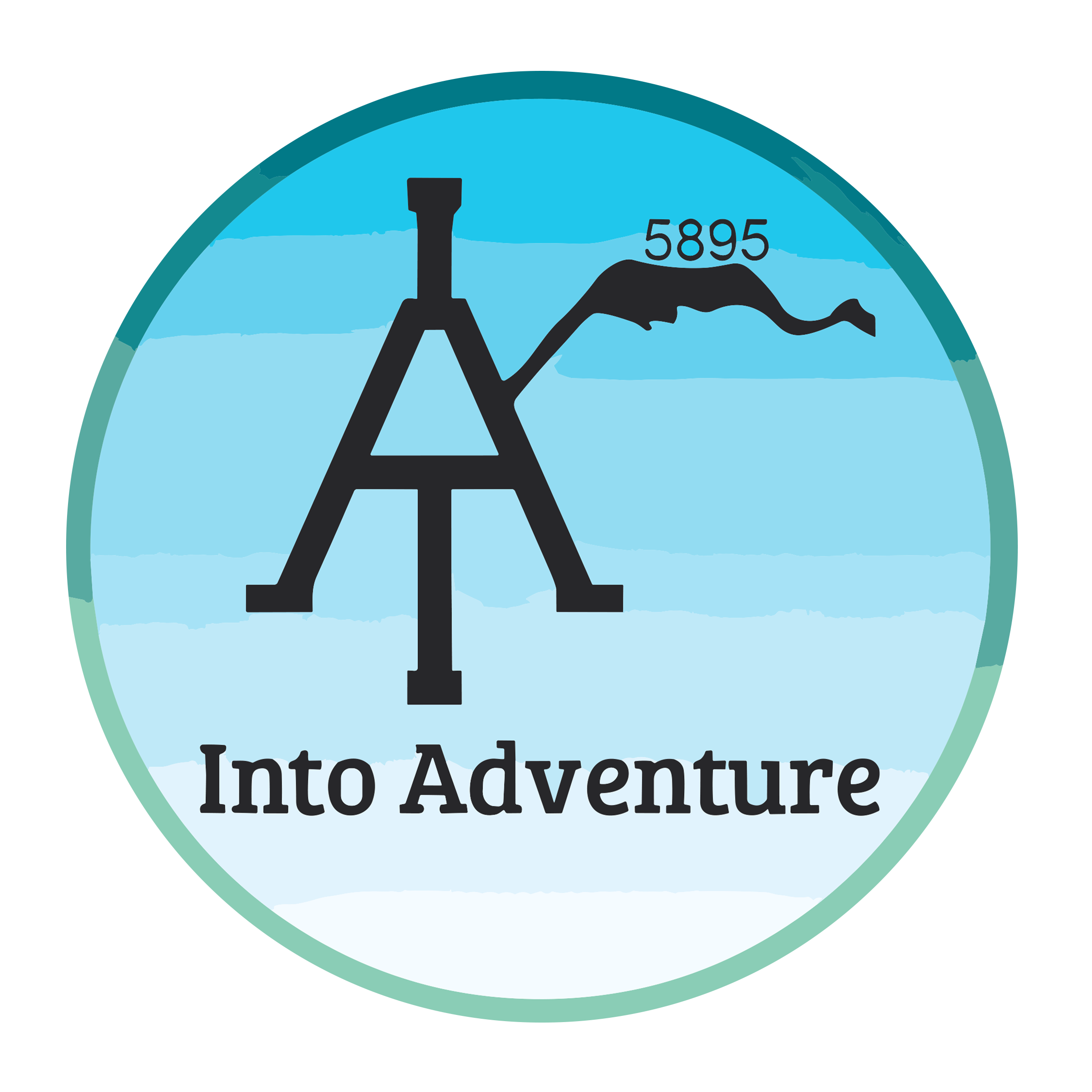Lake Manyara National park
Descriptions
Attractions for Tourists:
Tree-Climbing Lions: Lake Manyara is famous for its unique population of tree-climbing lions. Observing these big cats lounging in the branches is a rare and captivating sight.
Flamingos and Birdlife: The alkaline lake within the park is a haven for flamingos, creating a stunning pink-hued spectacle. The park is also home to a diverse array of bird species, including pelicans, storks, and numerous waterbirds.
Scenic Landscapes: The park offers diverse landscapes, from the lake and its surrounding wetlands to the dense woodlands and the dramatic Rift Valley Escarpment, providing picturesque views.
Baboons and Monkeys: Large troops of olive baboons and blue monkeys are commonly seen in the park. These primates are known for their lively antics and social behaviors.
Hot Springs: The park features hot springs known as Maji Moto, where visitors can witness geothermal activity and enjoy the therapeutic benefits of the warm water.
Things to Do:
Game Drives: Explore the park’s varied ecosystems through game drives, encountering wildlife along the lake shores and in the woodlands.
Birdwatching: Lake Manyara is a paradise for bird enthusiasts, with over 400 bird species recorded. Bring binoculars to observe the diverse avian residents.
Canopy Walkway: The treetop canopy walkway allows visitors a unique perspective, providing elevated views of the park and its inhabitants.
Picnicking: Several designated picnic areas within the park offer a chance to enjoy a meal surrounded by nature.
Fun Facts about Lake Manyara National Park:
Size and Location: Despite being one of Tanzania’s smaller parks, Lake Manyara boasts incredible biodiversity and is strategically located along the Great Rift Valley.
Underground Water Sources: The hot springs in the park are fed by underground water sources, contributing to the park’s diverse ecosystems.
Cultural Heritage: Lake Manyara has a rich cultural history, with evidence of human habitation dating back to the Iron Age.
Best Time to Visit:
The best time to visit Lake Manyara National Park is during the dry season, from June to October, when wildlife congregates around water sources, and the vegetation is less dense, improving visibility. Birdwatchers may prefer the wet season (November to May) when migratory birds are present, and the landscape is lush and vibrant. The choice of when to visit depends on personal preferences and specific interests.
Experience Photo Gallery
Previous
Next
Activities & Experiences
Let’s Make Your African Safari Exceptional
These tour ideas are the best way to get started planning your trip. These are our previous visitor’s favorite tours. Feel free to choose any ideas that fit your wishes.
Adventure Tour
Near City Tour
Beach Tour
Wildlife Tour
NOT SURE WHERE TO GO?

Ready to start planning your own incredible adventure?
We make the process stress-free and enjoyable.
We make the process stress-free and enjoyable.
Make the most of each moment when you travel.
- Mbauda Street, Arusha City - Tanzania
- info@intoadventure.travel
- +255 782 804 101
© 2023 Into Adventure Travel. All Rights Reserved.